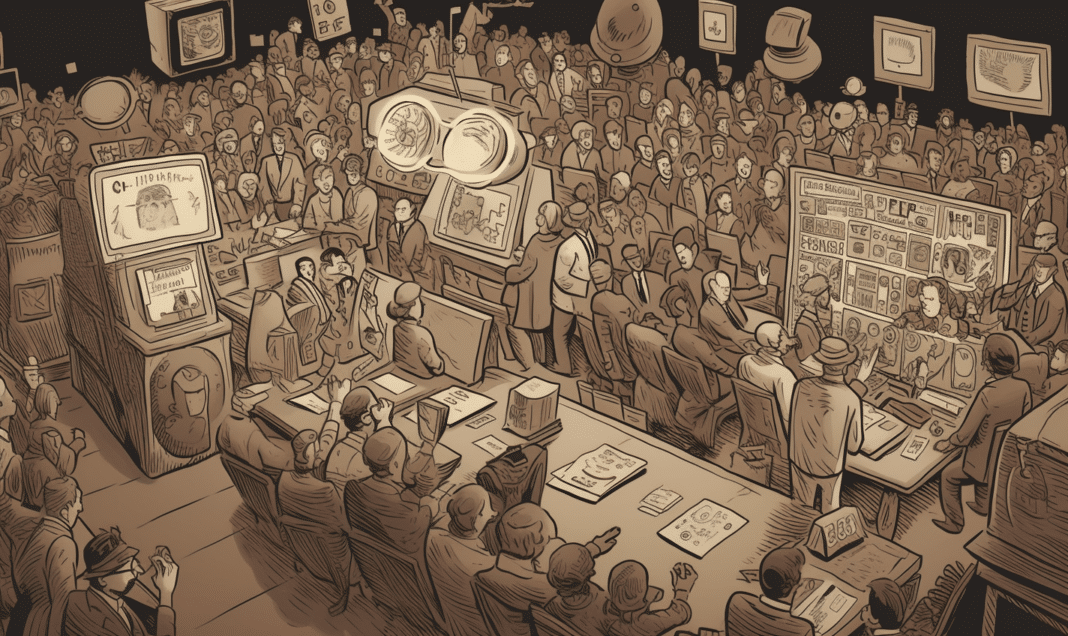On October 31, 2023, Google Ads is set to introduce real-time bidding auctions for apps, marking a major departure from the “waterfall buying” approach. This change will greatly affect how advertisers buy media, streamlining the process and encouraging greater competition.
What is Waterfall Buying, and Why is it Being Replaced?
Waterfall buying is a process whereby Google Ads would serve ads one-by-one based on the effective cost per 1,000 impressions (eCPM) set by advertisers. This process involves multiple calls for the same ad impression within the mediation process, which is not optimal for advertiser performance. This approach can result in less efficient pricing and can be time-consuming.
Real-time bidding auctions are designed to optimize pricing by allowing advertisers to compete in a live auction. This method has been proven to be more efficient in optimizing pricing and improving the efficiency of media buying.
What are the Benefits of Real-Time Bidding Auctions?
One of the key benefits of real-time bidding auctions is that advertisers can find optimally-priced app inventory more efficiently, allowing them to make informed decisions and compete effectively in the market. Real-time bidding auctions allow advertisers to bid in a live auction where prices from all buyers are compared simultaneously, ensuring that the highest offer for the ad impression wins. This method is more efficient and effective in optimizing pricing than waterfall buying.
Real-time bidding auctions also allow for increased competition, ensuring that advertisers are paying a fair price for ad inventory. This competition can lead to better performance for advertisers and more relevant ads for consumers.
Google Ads’ Expansion of Real-Time Bidding Integrations
Google Ads and Display & Video 360 have also expanded their real-time bidding integrations with select third-party app monetization platforms such as AppLovin MAX, Chartboost Mediation, Digital Turbine FairBid, and Unity LevelPlay monetization platforms. This expansion is transitioning to open beta, and all app developers using the supported third-party monetization platforms will have access to the program’s benefits.
This program’s integration will not require advertisers to make any changes to their campaigns to benefit from it. The option to enable Google bidding will be made available to all app developers using the supported third-party monetization platforms in the coming week. App developers can also access Google’s demand through real-time bidding integrations with AdMob and Ad Manager publisher offerings.
This shift to real-time bidding auctions is part of a broader trend in the industry towards automation and optimization. As the industry continues to evolve, advertisers are increasingly turning to automated solutions to streamline their operations and make more informed decisions.
The Impact of Real-Time Bidding Auctions on the Industry
The move to real-time bidding auctions for apps is a game-changer that will revolutionize the industry. This change will streamline the media buying process, increase competition, and ensure that advertisers find the best-priced app inventory more efficiently. This shift will benefit not only advertisers but also consumers who will see more relevant ads.
Real-time bidding auctions are a significant development that will change the way advertisers buy media. It’s like upgrading from dial-up to high-speed internet, or from a flip phone to a smartphone. The benefits are endless, and advertisers will finally be able to find optimally-priced app inventory more efficiently.
In conclusion, Google’s decision to transition to real-time bidding auctions for apps is a positive development that will change the way advertisers buy media. The shift away from waterfall buying will streamline the media buying process, increase competition, and ensure that advertisers find the best-priced app inventory more efficiently. As the industry continues to evolve, we can expect to see more developments like this. Real-time bidding auctions are the future of media buying, and




